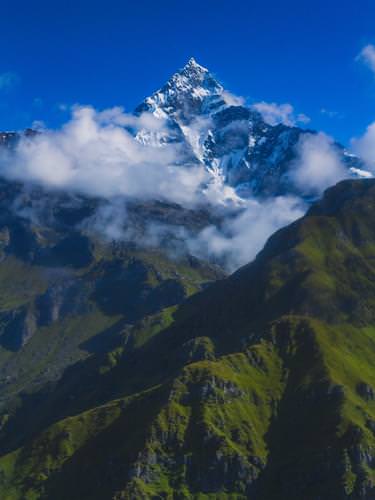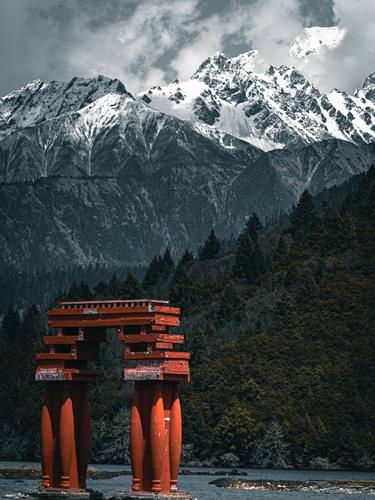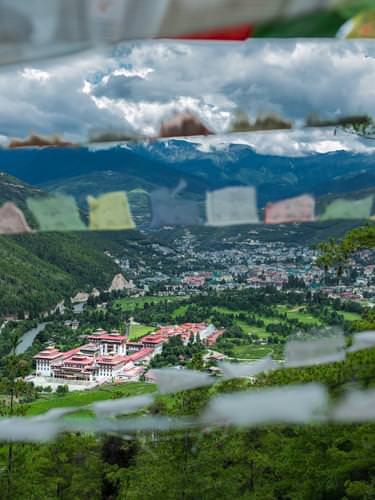RAMA TOURS NEPAL (P) LTD.
Nature, Culture and Adventure
Tibet
- Home
- /
- Tibet
Tibet, the very name evokes feelings of awe and mystery. A land of ancient Buddhist culture, awesome landscapes, artistic monasteries, exotic cities, hidden valleys and centuries-old caravan trails, Tibet offers a totally different experience. Known as the Roof of the world, it is the destination for the ultimate thrill-seeker. No any place on earth holds such mystique as Tibet, a land of deep and vibrant spiritual traditions, home of the Dalai Lama and a rich monastic culture whose roots remain spirited among a rugged and isolated terrain. Centuries' old wisdom permeates the customs and sacred arts of the Tibetan culture, embedded in the mandalas adorning its ancient temples and strewn across the haunting landscape/ Tibet's rich spiritual and cultural history resonates from every rocky crag, breathtaking vista and exquisite detail borne among its mountain passes and majestic palaces, waiting nobly to be discovered at the rooftop of the world. The imagination of many great people ever since the world came to know its existence. Although apparently it was forbidden for several centuries, many great authentic travelers, Potala Palace scholars and missionaries had attempted to reach this tantalizing land amidst perils and long endeavoring journey. Ultimately a lucky few of them were succeeded and interpreted the world by their own style of perceptions, which in turn gave them fame and pleasure along with insights to the readers. You may have gone through a couple of these narrations! Tibet used to be the mysterious, legendary and unknown Roof of the World, hidden and almost unreachable behind the highest mountains in the world can be easily reached today.
Lhasa:
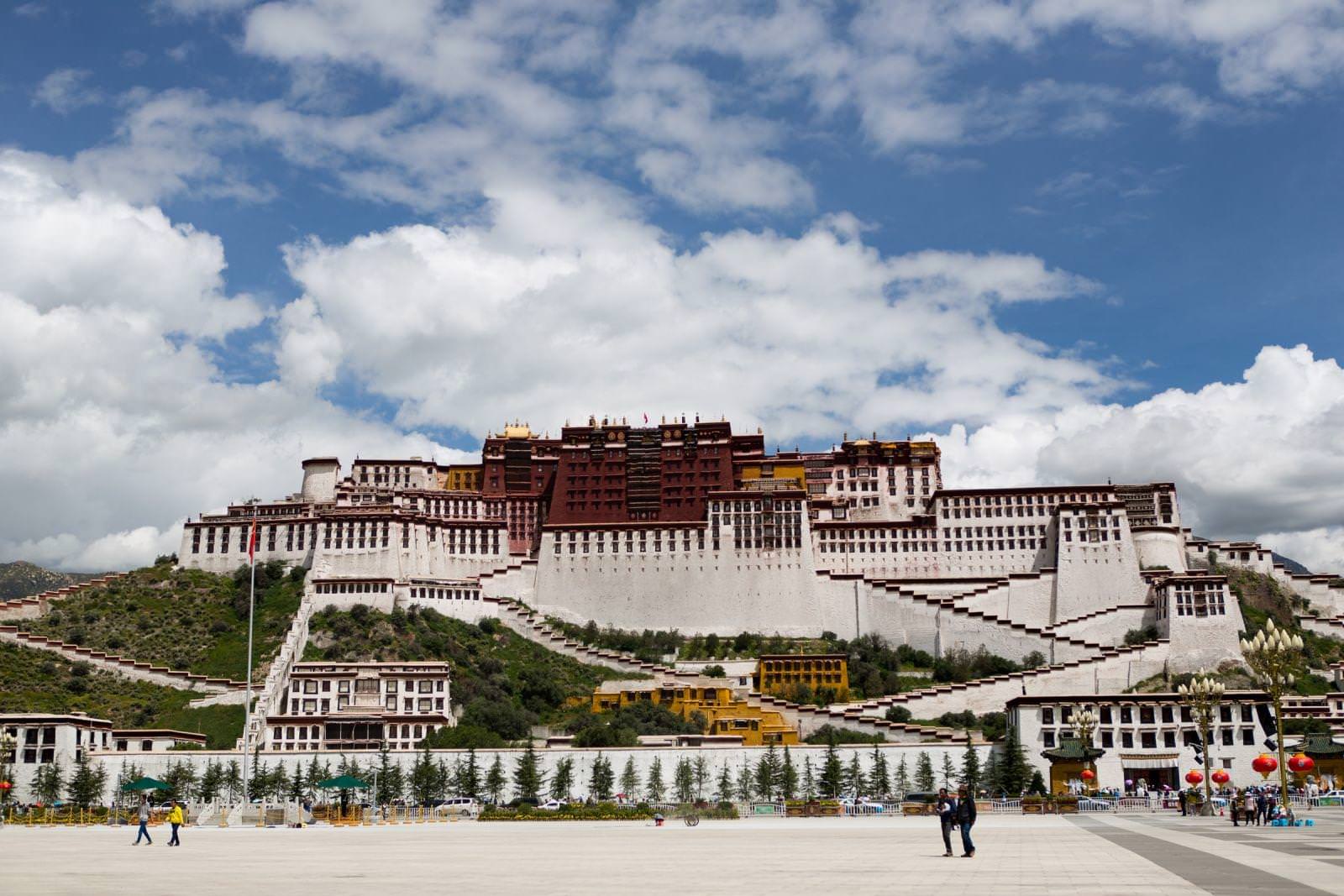
Lhasa is theadministrative capital in the Tibet Autonomous Region of the People’s Republic of China. It is one of the highest cities in the world situated at an altitude of 3,656 meters (11,990 feet) with the surrounding mountains rising to 5,500 m (18,000 feet). The city has been the religious, cultural, economic and administrative capital of Tibet since the mid-17th century. It contains many culturally significant Tibetan Buddhist sites. The Tibetan King, SongtsenGampo, became the leader of Tibetan Empire in the mid-7th century. He had ruled Tibet till 649 BC. During his reign, he had constructed many prominent monuments. After the fall of the monarchy in the 9th century and the accession of the 5th Dalai Lama, the importance of Lhasa as a religious site became more significant. In 1950, the People's Liberation Army (PLA) invaded Tibet and in March 1959, an uprising centered on the capital, Lhasa, prompted a massive crackdown which forced Dalai Lama, Tenzin Gyatso to flee into exile in India.
There are 6 prominent touristic places in Lhasa. They are Potala Palace, Jokhang Temple, Norbulinka Palace, Drepung Monastery, Sera Monastery and Ganden Monastery.
Tsedang:
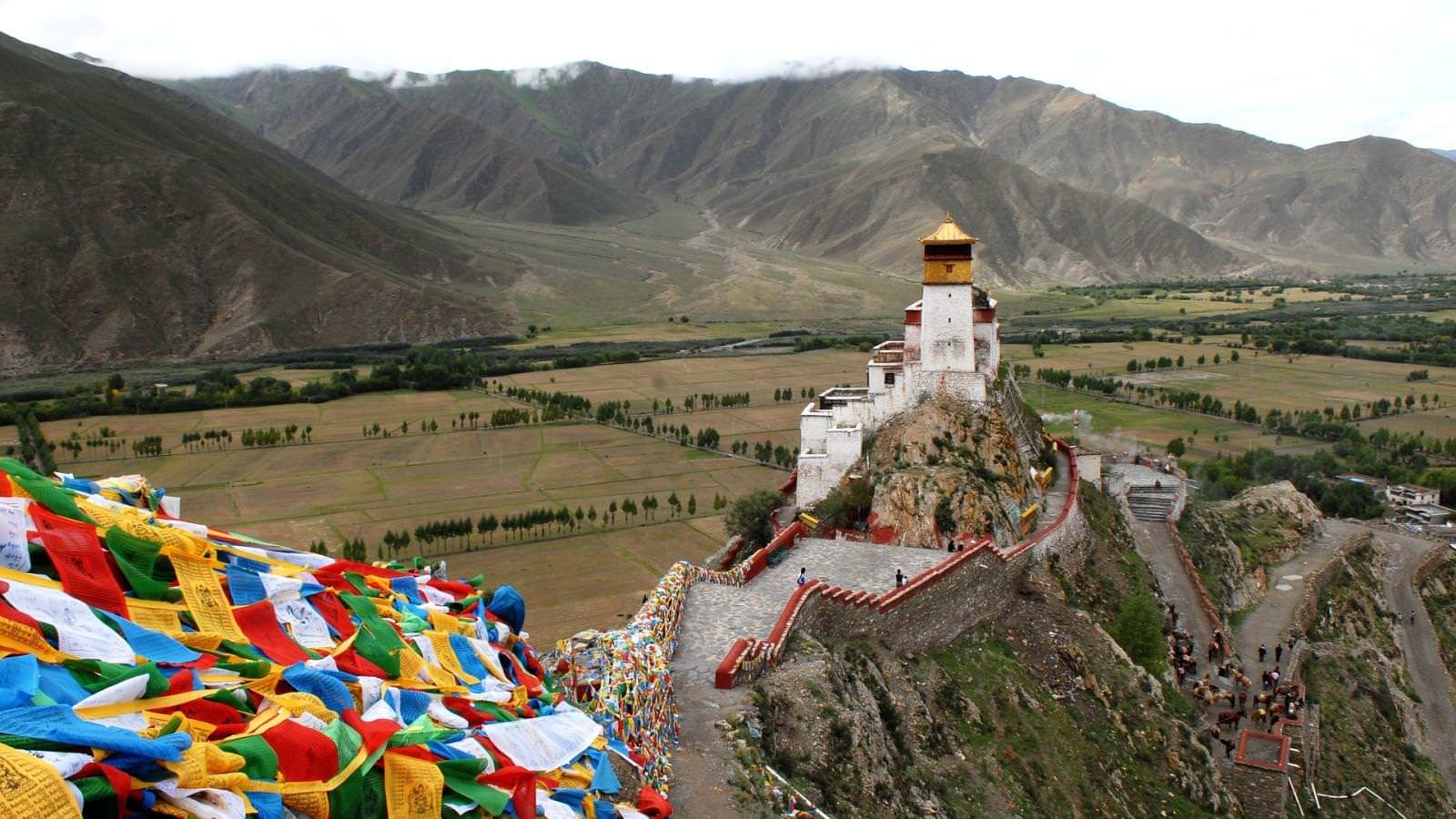
Tsedang is located in the fertile Yarlung Valley which is known cradle of Tibetan civilization as the birthplace of earliest Tibetans. It was founded in 200 BC. A field in the village near Tsedang Town is said to be the first farming field in Tibet.It offers spectacular ranges, beautiful lakes, numerous springs and peaceful river valleys. The archaeological evidence suggests that the area was inhabited as long as 4 million years ago. Legend says that the first king of Tibet, NyatriTsenpo, descended from the heavens on a rope of light, and began ruling the people of the valley in around the 2nd century BC. For more than 700 years, the Tibetan kings ruled in the Yarlung Valley, flourishing under the hereditary monarchy of the line of NyatriTsenpo. This is where the legends say the first building in Tibet was constructed, and where many of the ancient Tibetan kings lie in rest.
The four prominent places to visit are YangbuLakhang, TrandrukMonstery, Tombs of Tibetan Kings and Samye Monastery.
Gyantse (13,050 ft):
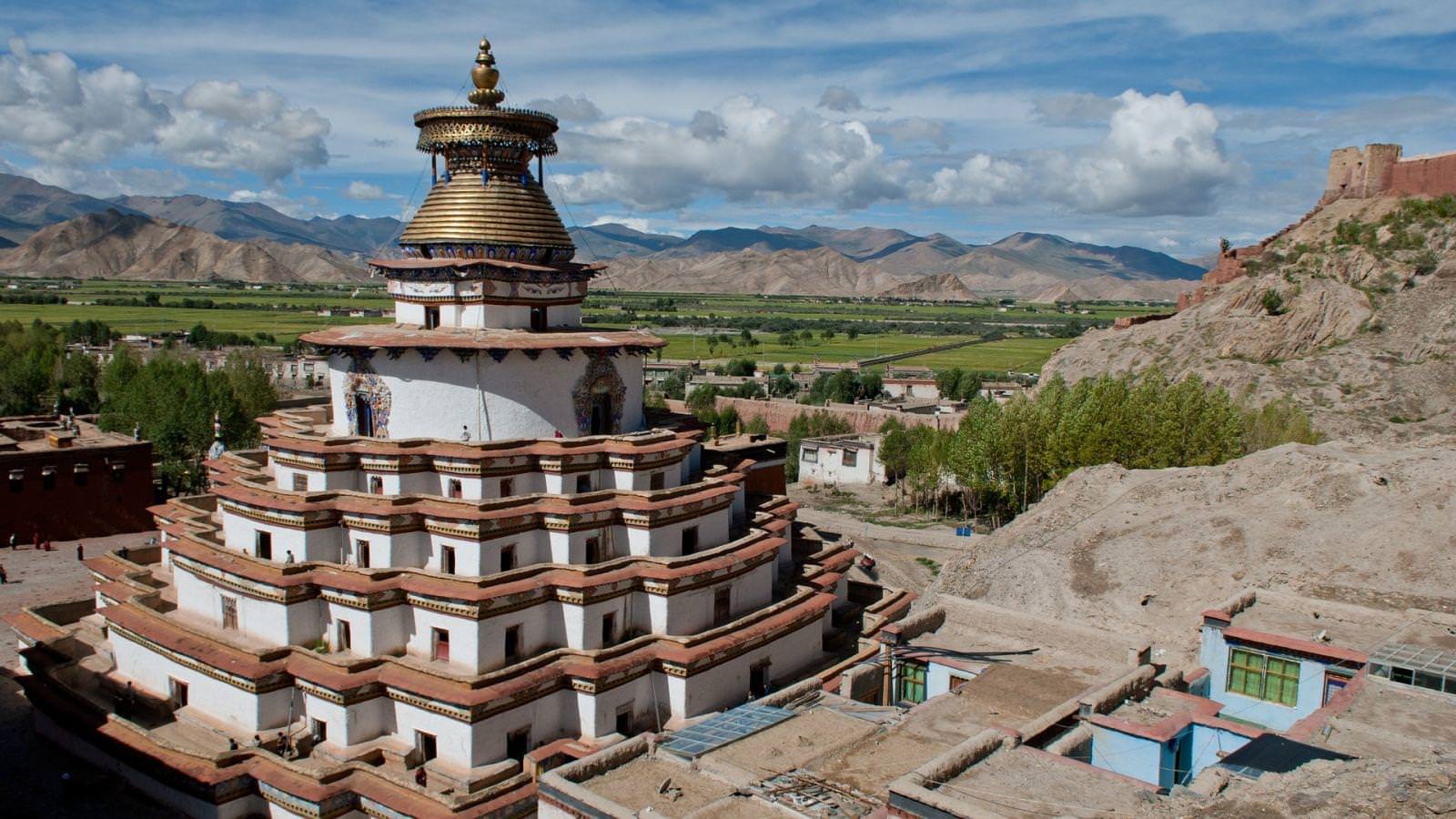
Gyantse is a third largest city in Tibet. It is a small agricultural town famous for its wool carpets and monuments. The town is strategically located in the Nyang Chu valley on the ancient trade routes from the Chumbi Valley, Yatung and Sikkim. From Gyantse, routes led to Shigatse downstream and also over the Kora La (Pass) to Central Tibet. The fortress (constructed in 1390) guarded the southern approaches to the YarlungTsangpo valley and Lhasa. The town was surrounded by a wall which is 3 kilometer long. Gyantse is notable for its restored Gyantse monastery or fort and its magnificent tiered Kumbum (literally 1,00,000 images) of the Palcho monastery or PhalkorChoideChorten, the largest chorten in Tibet.
Shigatse:
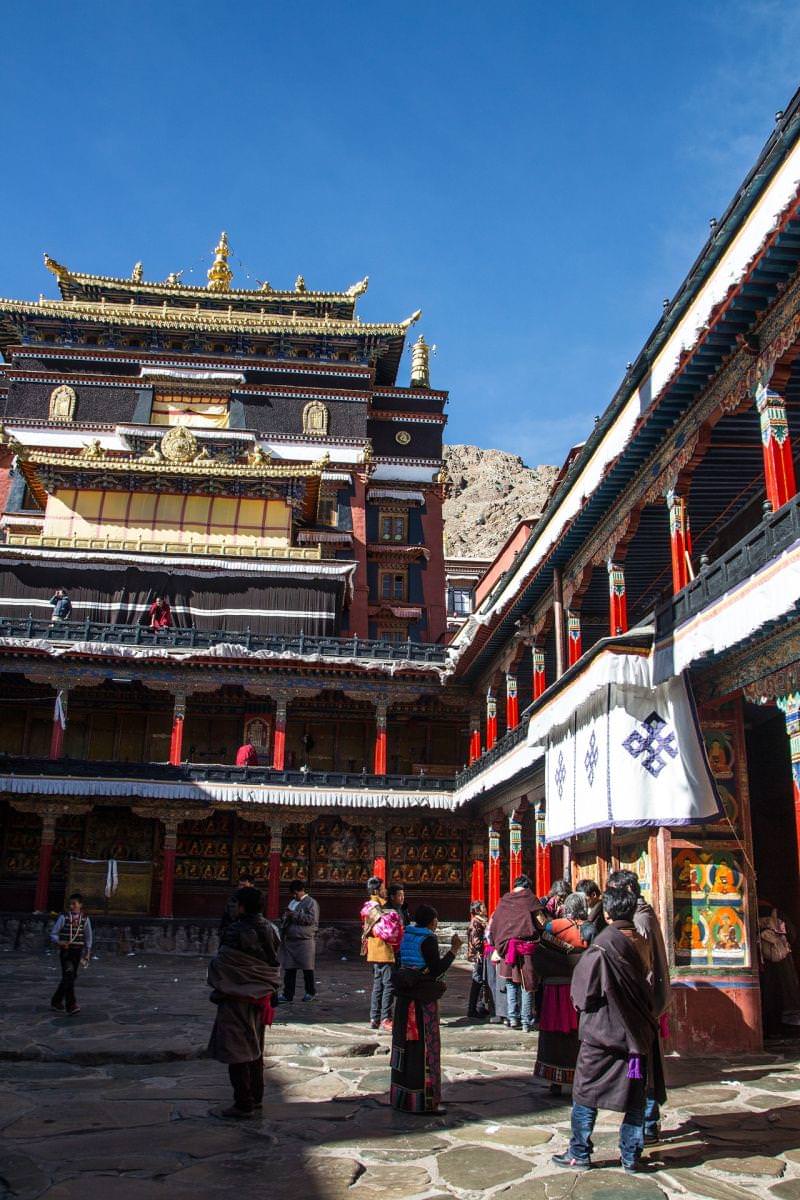
Shigatse is the second largest city in Tibet which is at an altitude of 5200 meters. Shigatse has an important place in Tibetan history. Shigatse prefecture is at an altitude of 3800 meters. It is located in the alluvial plain at the confluence of the Brahmaputra and the Nianchu River, 273 kilometers west of Lhasa. It is an ancient city with a history of 600 years. It is named Shigatse in Tibetan and Rigaze in Chinese, originally meaning ‘a manor of the most fertile soil’. In the middle of the 13th Century AD, the Yuan Dynasty (1271-1368) set up 130,000 households in Tibet and the region which now constitutes Shigatse, came under the jurisdiction of the Lord of Xialu.
Xegar (13,800 ft):
Xegar is located at an altitude of 4350 meter (13800 feet). It is also known by the name of New Tingri or ShegarDzong. It is a town at the base of Mount Everest on the Tibetan side. It was built at the foot of the ruins of XegarDzong, this small city with only 3000 inhabitants. It is the starting point for many climbing expeditions to the highest peaks including Mt. Everest in the world.
Ronbuk Monastery:
Rongbuk monastery lies near the base of the north side of Mount Everest at 5,009 metres (16,434 ft) above sea level, at the end of the Dzakar Chu valley. Rongbuk is claimed to be the highest-elevation monastery in the world. However, the true highest monastery in the world is Drirapuk Monastery in Ngari Prefecture, at an altitude of 5,072 metres (16,640 ft). For Sherpas living on the south slopes of Everest in the Khumbu region of Nepal, Rongbuk Monastery was an important pilgrimage site, accessed in a few days' travel across the Himalaya through the Nangpa La. The monastery was also regularly visited by the early expeditions of Mount Everest in the 1920s and 1930s after a five-week journey from Darjeeling in the Indian foothills of the Himalayas. Most past and current expeditions attempting to summit Mount Everest from the north, Tibetan side establish their Base Camp near the tongue of Rongbuk Glacier about 8 km (5 mi) south of the Monastery. Today, the monastery is accessible by road after a two- to three-hour drive from the Friendship Highway from either Shelkar (New Tingri) or Old Tingri. From Rongbuk Monastery, there is dramatic view of Mount Everest.

